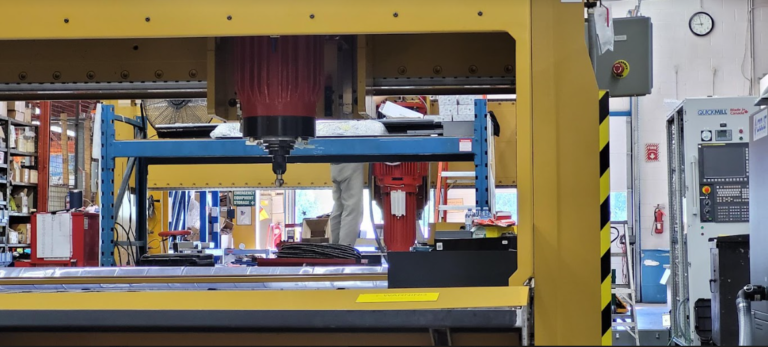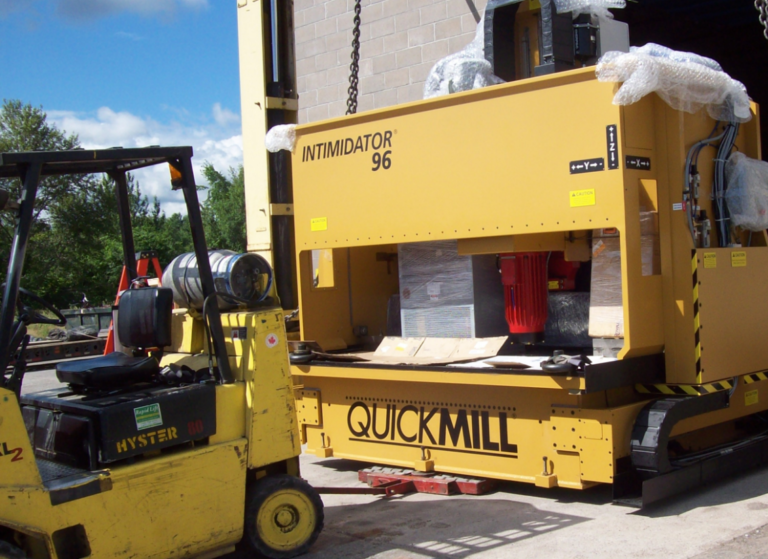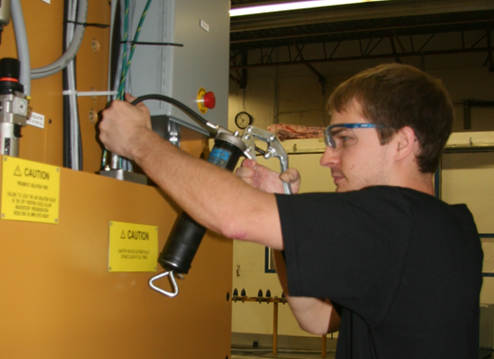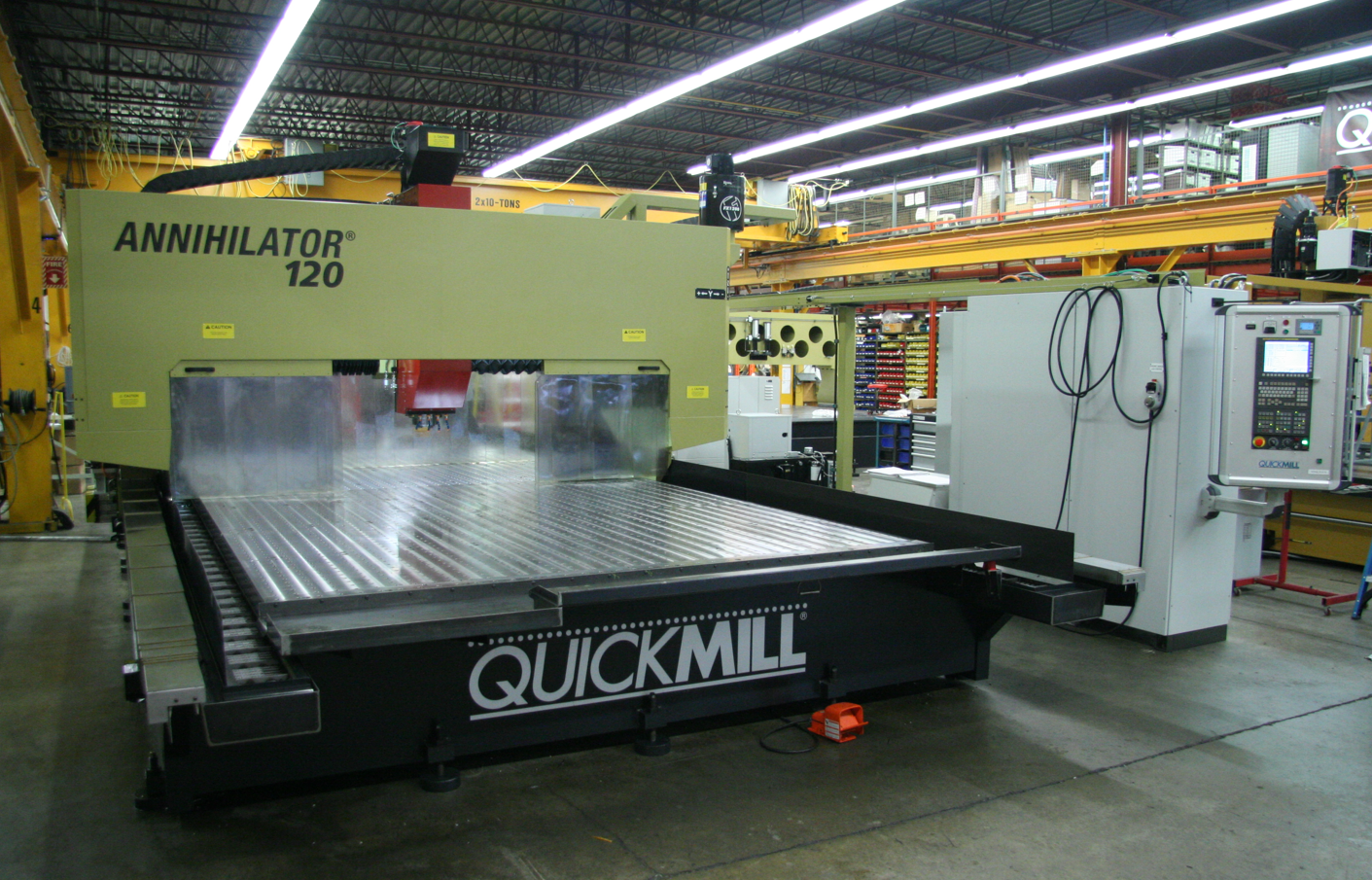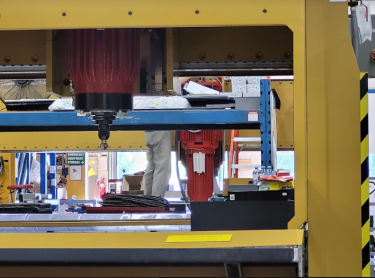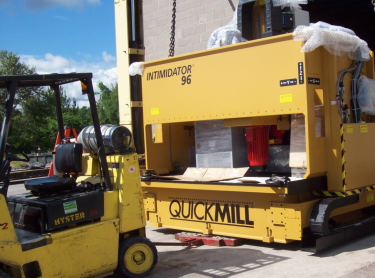Better Machine Set-Up to Optimize Shop Productivity
There is no doubt that manufacturing productivity or efficiency can make or break your business. It can also have a considerable impact on your costs and a very significant effect on your profitability. However, with a better machine setup, you can increase the productivity of your shop.
You probably know that implementing a standardized and efficient machine setup is crucial for precision manufacturing. This is why it is one of the most fundamental activities within manufacturing. If you have an incorrect machine setup, how likely is it that your product or item will be fabricated properly?
Nothing is worse than a slow production process hampered by bottlenecks. While you can quickly talk to unproductive employees, note that slow machines are a completely different story. Manufacturing is continuously evolving and changing. This is why machinists that had a leg up on the competition are now struggling to tackle the critical skills gap.
More CNC tools are becoming automated, with the demand for quality parts growing. As a result, many shops are emphasizing the need to improve productivity and efficiency.
Why Machine and Shop Floor Productivity are Important
Keep in mind that any improvements in levels of productivity can have a direct effect on your competitiveness, stability, and profitability as a business. And this is applicable regardless of the size or nature of your business, the raw materials you use, the markets you target, and your customer profiles.
However, what can you do to make sure your shop and machines are as productive as possible? You have to remember that productivity is directly impacted by several factors, such as manufacturing processes, equipment and tools used, and employee behavior.
To run and manage a successful and efficient manufacturing process, it is important to consider possible bottlenecks that may slow down other processes in the production line. You should also focus on optimizing your machine setup time when scheduling production.
Setup Time Reduction
For many manufacturing and production processes, setting up machinery to change from one product to another is the most important part of the process. As it’s a hassle, you may try to do it as infrequently as possible.
As a result, you may not get good at it, and it will likely take a long time. You will also have to run large batches in order to justify your long setup times.
The first and probably most important step in optimizing and streamlining setup processes and reducing setup time is to have an accurate measure of how long each setup takes.
For manufacturers that do not have access to the technology to accurately and reliably track their machine setup times, this is easier said than done. You may know that supervisors often rely on rudimentary methods, such as timing their operators or workers with a stopwatch or asking machine operators to self-report their setup times. This is not efficient and adds more tasks to an already complex process.
Set up for the Best Efficiency
From the preliminary setup to the end of the machining process, it is vital to have the proper equipment so that it is set up and is as fast as it is efficient. Some of the technical features you must verify are:
- The machine’s accessibility: We offer some of the most accessible machine workspaces on the market. You can set them up easily and quickly. And because of their ergonomic access, a single operator can setup large parts with ease, which is convenient.
- The clamping system: If machining is performed with the right clamping or fixturing system, it will have a considerable impact on the machining quality and execution speed.
- Access to tooling: Ensuring that the right tooling for the job is accessible and available when needed minimizes production time.
Identify External and Internal Setup Steps
Now, you have to consider each step and determine if it is an external or internal setup. Note that internal setup involves the steps that should be completed when the machine is stopped.
In contrast, an external setup can be completed while the machine is running. Keep in mind that tasks, such as knowing which workpiece to load next, finding the work orders and material, and having all of the hand tools ready, can be completed before the last run stops.
Inefficient Setup Processes Increase the Risk of Downtime
For low-volume, high-mix manufacturers like job shops or contract manufacturers, one of the most significant contributors to downtime is machine setup.
In these kinds of environments, many products require machine operators and professionals to have a unique setup process in order to ensure that equipment and tools are prepared for each specific job.
Monitor and Improve
After achieving a reduction in the initial setup time, you should measure and record each setup. Also, meet each week to discuss machine setups and improvement ideas.
Final Thoughts
Productivity and efficiency tend to go hand in hand with conventional and CNC machining. There’s certainly a demand for a higher precision level with the increased demand for CNC parts and components in different industries.
Whether you operate a high-mix or small-scale shop, it is essential to increase productivity to remain competitive in today’s industrial metal-cutting industry. With a better machine setup, it is possible to improve the efficiency and productivity of your shop.


